Wearing good shoes is essential for comfort and injury prevention, as shoe choice can impact your entire body.
When it comes to taking care of your overall health and well-being, your choice of footwear should never be overlooked. The selection of your shoes is instrumental in maintaining your physical health and reducing the risk of injuries.
Table of Contents
In this article, #InstaMorning explores the significance of selecting the right footwear, particularly focusing on good sneakers. The process of how to choose new sneakers can greatly influence your daily lifestyle, improving your body balance and mobility.
Preventing Common Injuries
Here are some injuries you can prevent with the right sneakers:
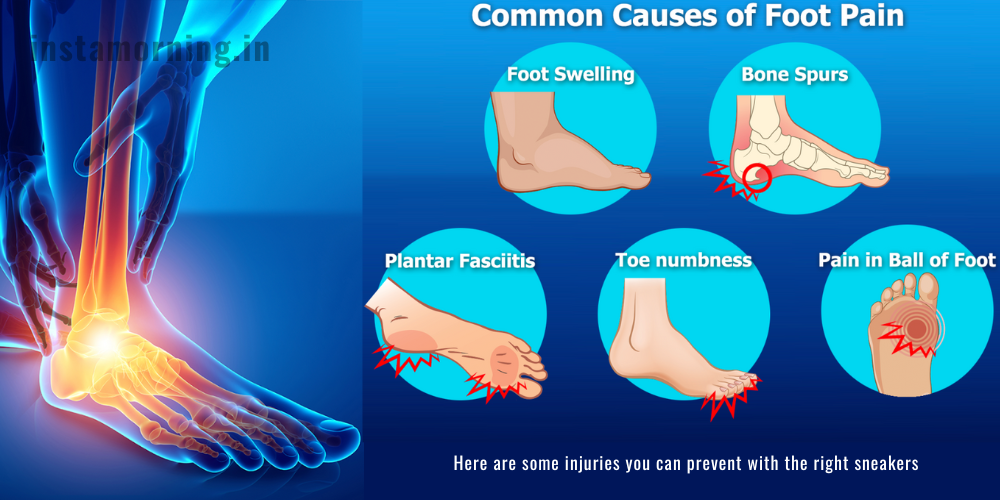
a. Sprained Ankles
High-top sneakers with ankle support can prevent excessive ankle rolling.
b. Shin Splints
Proper cushioning and arch support alleviate the stress on your shins during physical activities.
c. Blisters and Calluses
Well-fitting sneakers with breathable materials can reduce friction and prevent skin irritations.
10 Tips On How To Choose New Sneakers For Men
Understanding these tips can help you make informed decisions when it comes to footwear, ensuring that your feet will stay in good shape and healthy.
Choosing the right shoes is essential for your overall health and state of mind. Your footwear can significantly impact your body, not just your feet.
There are different types of sneakers available to choose from. Follow these tips for choosing the perfect sneakers –
1. Firm Foundation
Choosing the perfect Sneakers is about more than just style; it’s about providing a solid foundation for your body. Here’s why a firm foundation in your footwear is essential:
Stability Matters
Your feet serve as the foundation for your body, and sneakers or shoes play a crucial role in providing support to this foundation. A solid base ensures both stability and support.
Avoid Squishy Soles
Soft soles might seem cosy, but they can lead to instability. Choose sneakers that maintain rigidity.
Bend Test
To check a sneaker’s firmness, gently bend it at the toe. A good sneaker should flex only slightly, not fold in half. Look for sneakers that provide a stable foundation for physical fitness and balance.

2. Choosing The Right Sneakers For Your Activity
Choosing the right sneakers goes beyond style; it’s about functionality and feeling great. Different activities demand different features from your footwear. Whether you’re a dedicated runner, a sports enthusiast, or simply in search of everyday ease, it’s vital to factor in your activity when selecting the perfect sneakers. Here’s your guide:
Running-Specific Shoes
Cushioning and Support: Runners need shoes with proper cushioning and support to reduce the impact on joints.
Breathability: Look for breathable materials to keep your feet cool and prevent discomfort.
Traction: Choose soles designed for your running terrain, be it roads, trails, or tracks.
Sports and Athletics
Activity-Specific: Each sport has its own footwear requirements. Ensure your shoes are tailored to your sport.
Flexibility: Sports shoes should allow natural foot movement to prevent injuries.
Durability: Select durable materials to withstand the demands of your activity.
Daily Convenience and Style
Casual Sneakers: Make comfort and style your primary focus for daily wear. Find a casual design that suits your taste.
Fit and Size: Always find the right fit to avoid discomfort.
Arch Support: Consider sneakers with arch support if needed for added convenience.
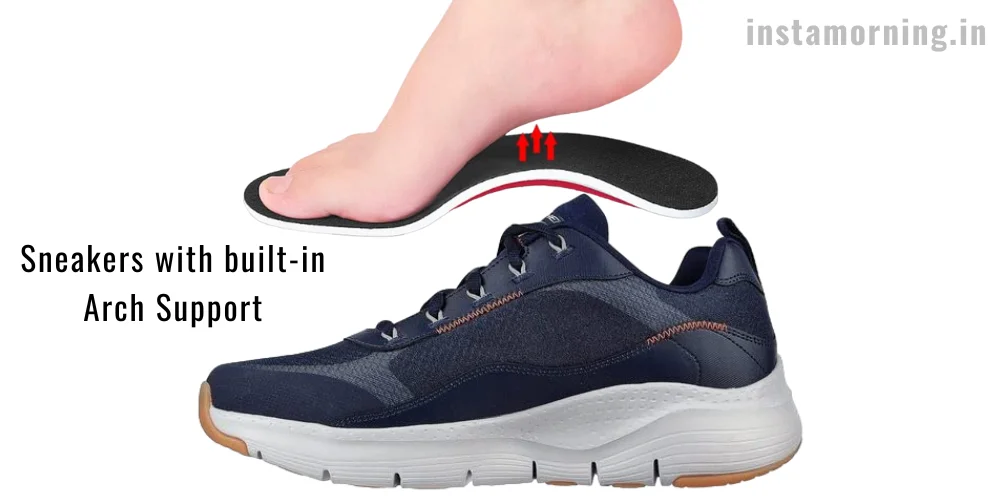
Choose new sneakers that align with your activity. Whether running, playing sports, or going about your daily routine, the right sneakers will enhance your performance and overall satisfaction. Step confidently into any activity with the perfect pair of sneakers.
3. Enhancing Support and Stability with Arch Support
When it comes to choosing the right sneakers for your feet, one critical factor that often goes overlooked is arch support. Whether you’re an athlete seeking peak performance or someone who enjoys comfortable everyday footwear, understanding the significance of arch support can make all the difference. Here’s everything you need to know:
The Pitfall of Flat-Soled Shoes
Common Trend: Trendy flat-soled shoes like Vans and Chucks have gained popularity for their minimalist design. However, these shoes may cause uneasiness over time, especially if you have high arches or specific foot conditions.
Awkwardness and Strain: Flat-soled shoes lack the arch support necessary to distribute your body weight evenly across your feet. This can lead to tiredness, fatigue, and even pain, especially when walking or standing for extended periods.
The Importance of Built-In Arch Support
Enhanced Balance and Stability: Sneakers with built-in arch support provide crucial benefits for your feet. They help distribute your weight more evenly, reducing the stress on your arches and minimising the risk of injuries.
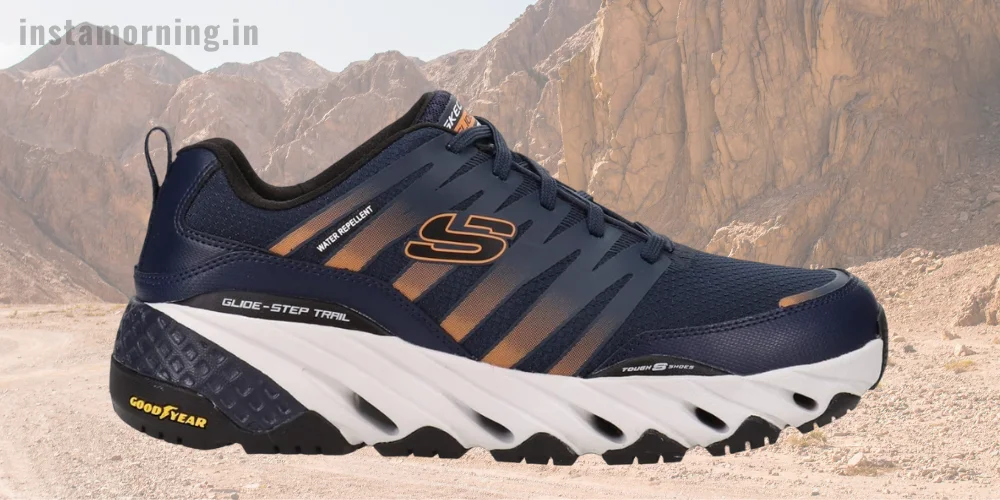
Boosting Stability and Physical Performance: Arch support promotes better balance and stability in sports, fitness activities, and daily life, which can elevate your overall well-being and potentially enhance your athletic prowess.
Avoid Off-the-Shelf Inserts
Why Specialty Matters: While it may be tempting to purchase off-the-shelf arch support inserts from a generic store, these solutions often lack the customization required for your unique foot shape and arch structure.
The Specialty Advantage: Instead, think about paying a visit to specialised shoe stores where experts can analyse your feet and furnish you with customised insoles that cater to your unique necessities. This personalised strategy guarantees that your arches get the precise support necessary for maximum performance and overall health.
When selecting sneakers, prioritise arch support. Whether you have existing foot problems or simply want to improve your stability and support, sneakers with built-in arch support can make a big difference in your overall well-being. Say goodbye to instability and hello to a more balanced, comfortable, and enjoyable experience on your feet.
4. Lace-Up Sneakers
Don’t overlook the importance of good arch support when choosing sneakers. This feature can help you avoid pain and fatigue, especially if you have foot problems or spend a lot of time on your feet. Here’s why lace-up sneakers should be your top choice:
Why Lace-Up Sneakers?
Enhanced Support:
- Lace-up sneakers offer a customizable fit that can be adjusted to accommodate different foot shapes and needs.
- They prevent unnecessary foot movement within the shoe, enhancing stability.
Optimal Stability:
- The lacing system ensures better overall stability compared to slip-ons.
- Ideal for activities with lateral movements and physical demands.
Athletic Sneakers vs. Sandals
Athletic Sneakers:
- Lace-up athletic sneakers or tennis shoes excel in sports and physical activities.
- They offer support, cushioning, and grip, reducing the risk of injuries.
Protection:
- Lace-up sneakers enclose and protect your foot, reducing the risk of injuries and keeping debris out.
- Suitable for both sports and daily wear.
5. The Importance of Toebox Width
When picking the perfect pair of sneakers, one often overlooked detail is the width of the toebox. This section sheds light on the significance of toebox width and how it impacts your footwear experience:
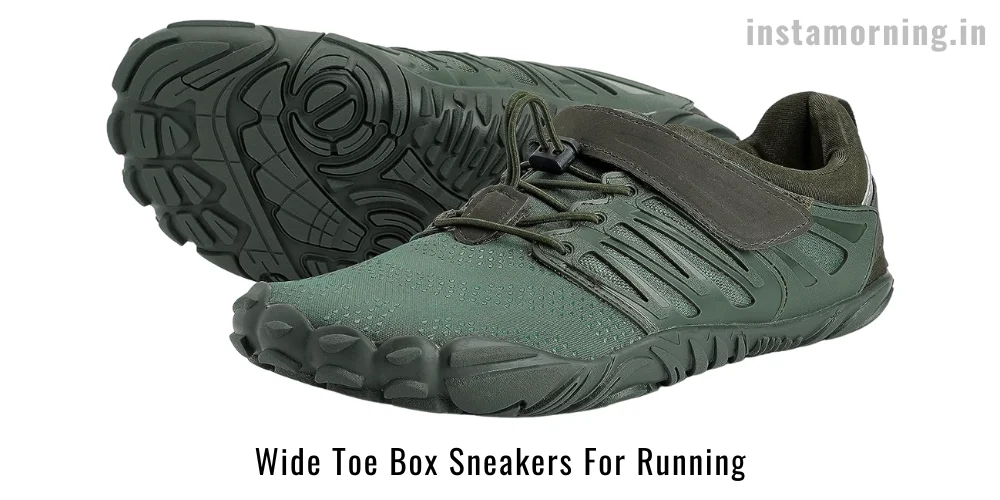
- Toe Space: A wide toebox provides plenty of space for your toes to wiggle and breathe, preventing discomfort and pain.
- Improved Stability: A spacious toebox allows for better flexing and spreading of the forefoot, which translates to enhanced stability, particularly during physical activities.
- Pressure Point Relief: Say goodbye to pressure points on your toes that are cramped toes. Sneakers with a wider toe box give your toes more space to spread out and move naturally.
- Better Blood Circulation: Properly fitted sneakers with roomy toeboxes promote superior blood circulation in your feet, minimising numbness and tingling.
- Toe Health: Prevent toe deformities like bunions and hammertoes by using sneakers with ample toebox width.
- Orthotic-Friendly: Sneakers with a wide toe box provide enough space for your orthotics and your toes to move freely.
In summary, don’t sacrifice your foot health for a fashionable shoe. Choose sneakers with a wide toe box to allow for natural toe movement and prevent problems down the road.
6. Buy for Your Foot Type
Whether you’re an athlete or just looking for everyday wear, choosing the right shoes is important for your foot health. This guide will help you find shoes that fit your feet and provide the support you need:
Get The Right Support
Looks Aren’t Everything: When it comes to shoes, choose shoes that are designed to perform well, even if they’re not the most stylish.
Get Your Foot Professionally Measured
Visit A Professional: Start your shoe shopping journey by visiting a reputable shoe store where a professional can measure your foot accurately. This step is essential to determine the right size and width for your unique feet.
Size Matters: The right shoe size ensures that your feet have enough space to move freely without rubbing or pinching.
Periodically Remeasure
Foot Changes: It’s important to remember that your foot size and shape can change over time. Pregnancy, weight fluctuations, and ageing can all impact your feet. Make it a habit to have your feet remeasured periodically, at least once every few years.
Experiment With Different Brands And Styles
Explore Your Options: Don’t limit yourself to a single brand or style. Different brands and shoe styles offer unique fits and features. Explore various options to find the one that suits your feet the best.
Try Before You Buy: When trying on shoes, make sure to walk around in them to get a sense of how they feel when your foot lies flat. Pay attention to any pressure points or pain.
By following these guidelines and putting your foot health first, you can be sure to find shoes that are both stylish and supportive, allowing you to move freely..
7. Time For New Shoes
Don’t underestimate the importance of fresh footwear. Your shoes have a lifespan, and when they start showing signs of wear, it’s time for a change. Here’s why and how to upgrade your shoe game:
Signs Of Wear
- Bottom Texture: Check the texture on the bottom of your shoes, especially around the heels and balls of your feet. When it wears out, it’s a clear sign that your shoes need replacement.
Explore New Brands and Styles
- As you say goodbye to your old shoes, consider it an opportunity to discover new brands and styles. You may come across a new favourite that provides enhanced support and an improved experience.
- Don’t let brand loyalty limit your choices; stay open to finding new favourites that perfectly suit your feet.
8. Be Cautious With High Heels
High heels can be super stylish, but it’s important to be careful with them because they can affect your body. They can make your ankles less stable, which means you might be more likely to twist or break them.
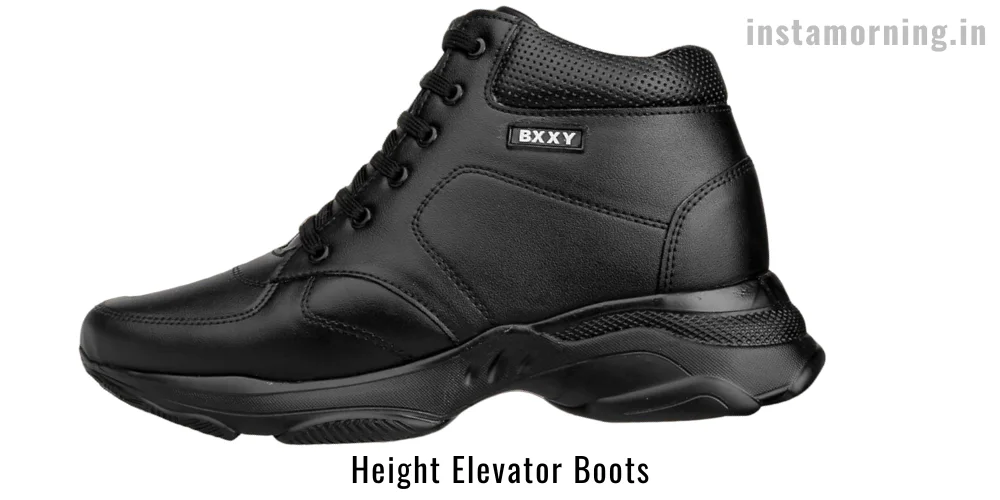
High heels can push your knees forward and tilt your pelvis, which might cause pain. If you wear high heels for a long time, it can affect how your spine curves and lead to lower back pain.
9. Get Help When You Have Pain
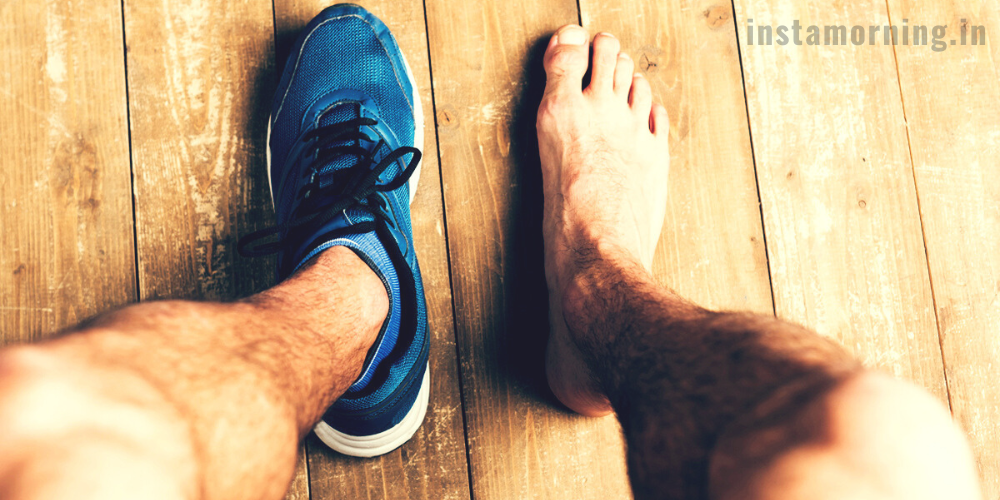
Experiencing Shoe-Induced Pain due to ill-fitting shoes is a common issue that can affect various parts of your body. It’s essential to address this issue by either adjusting the fit of your shoes, seeking professional advice, or considering new sneakers that provide better comfort and support. Here’s when to seek help:
Foot Pain: Tight or poorly cushioned shoes often result in foot pain, including conditions like bunions, corns, and blisters.
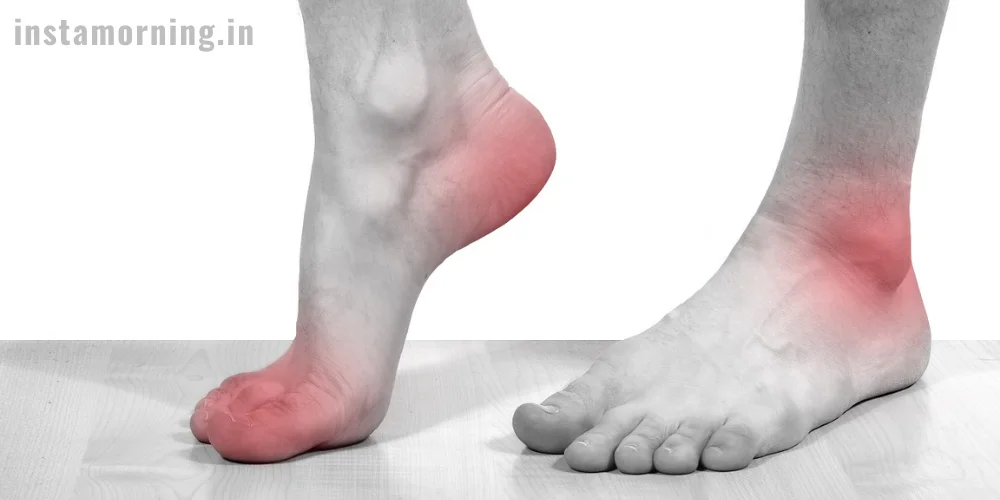
Ankle Issues: Shoes that lack proper support can cause ankle sprains or instability.
Knee and Hip Problems: Improper footwear can lead to alignment issues, affecting your knees, hips, and even your lower back.
Posture Matters: Unsupportive shoes can disrupt your posture, potentially leading to chronic pain and muscle fatigue.
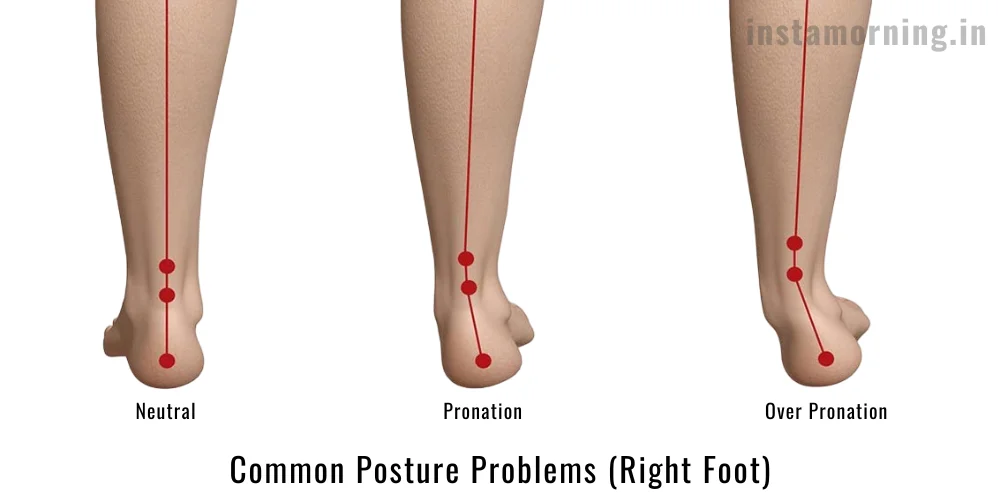
Final Words
Your choice of footwear can make a world of difference in your daily comfort and long-term health. Whether you’re in search of new sneakers for men or simply want to find good sneakers, look out for support, cushioning, and proper fit.
By doing so, you’ll not only enjoy comfort but also reduce the risk of common foot and leg injuries, allowing you to stay active and healthy.

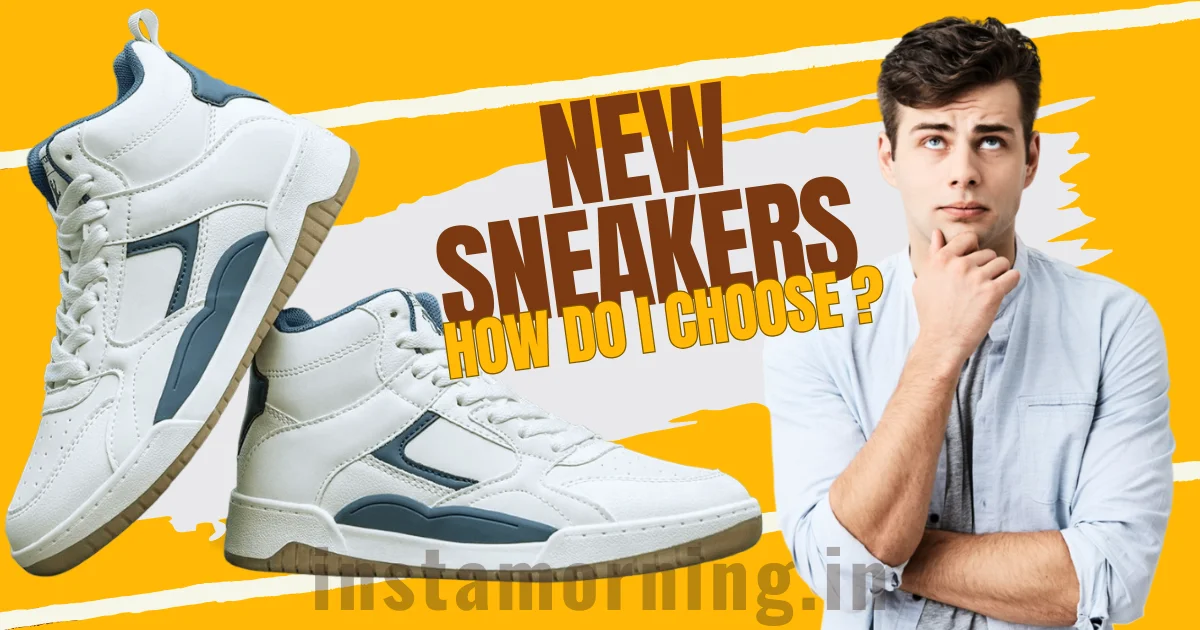









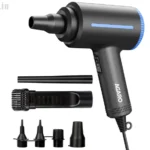












This article helped in selecting the best sneaker for myself.